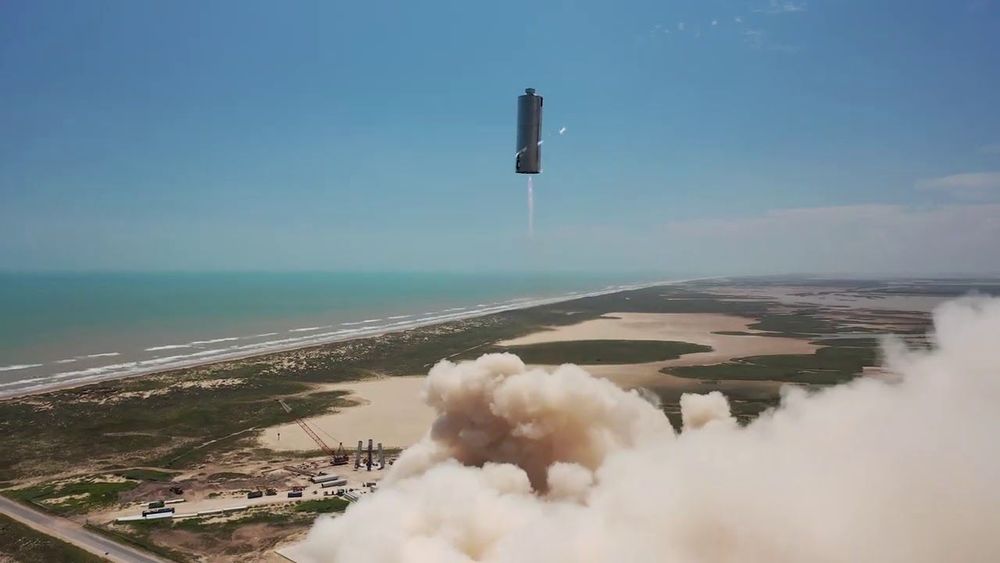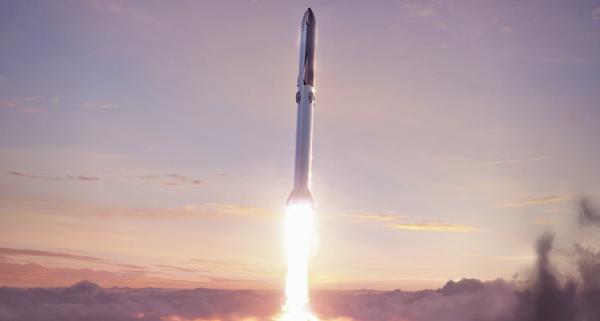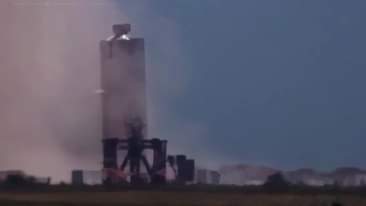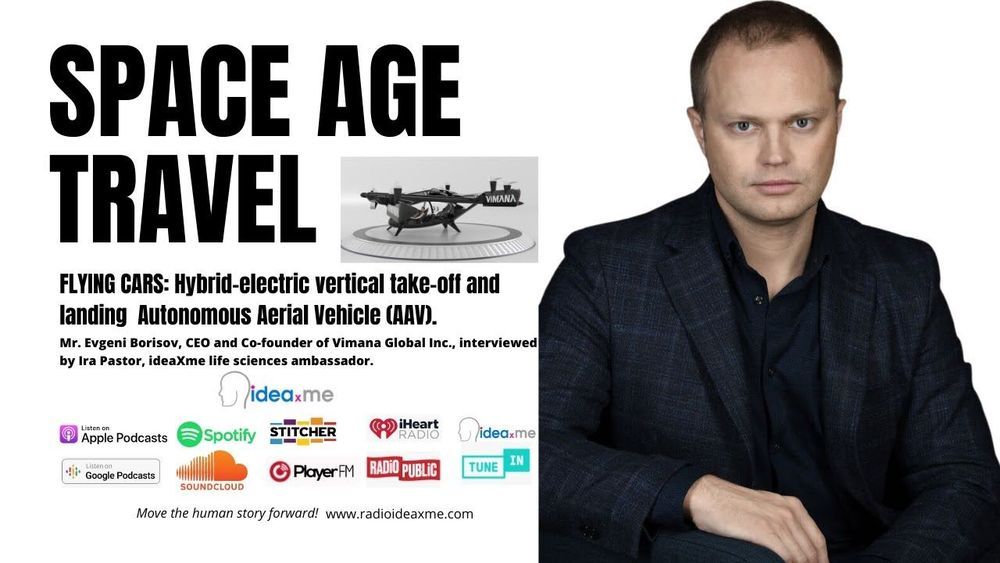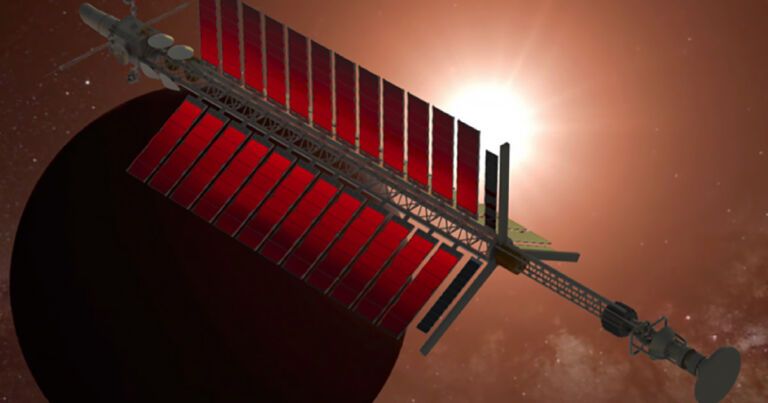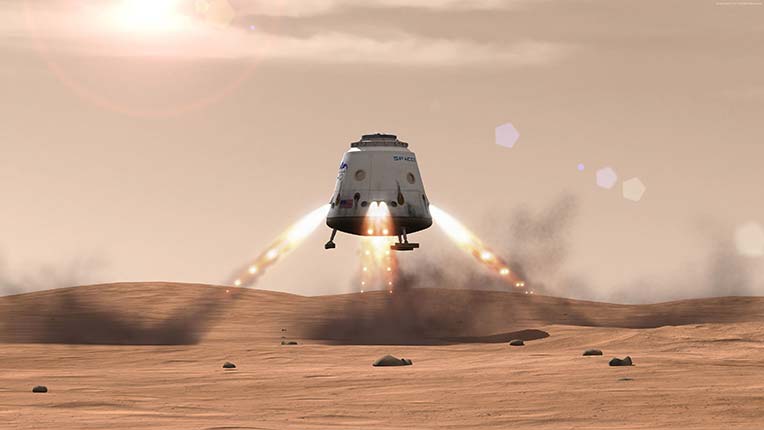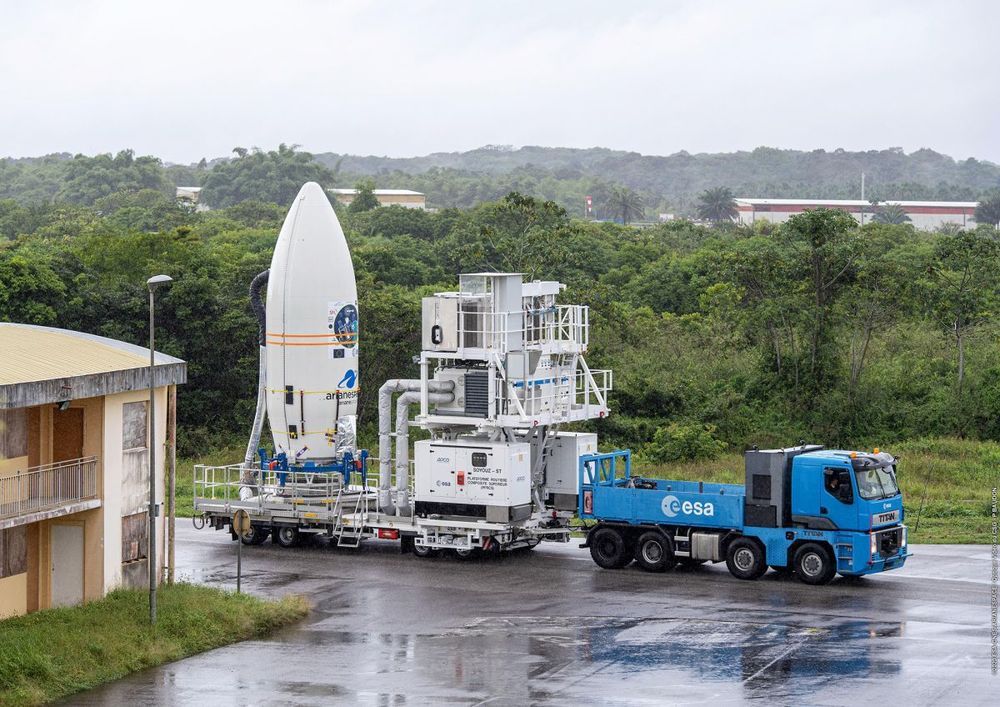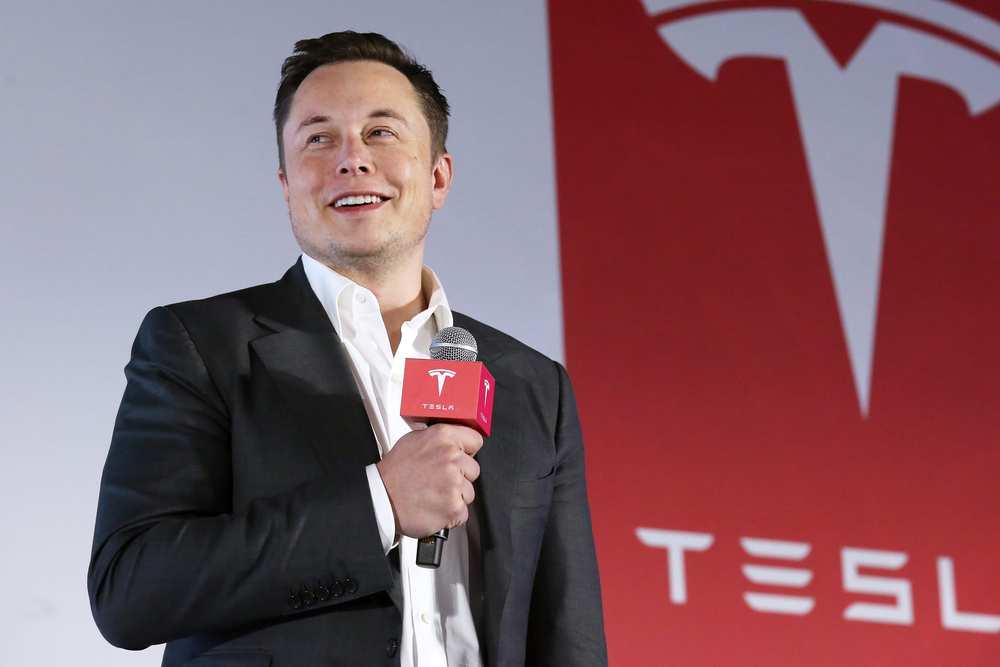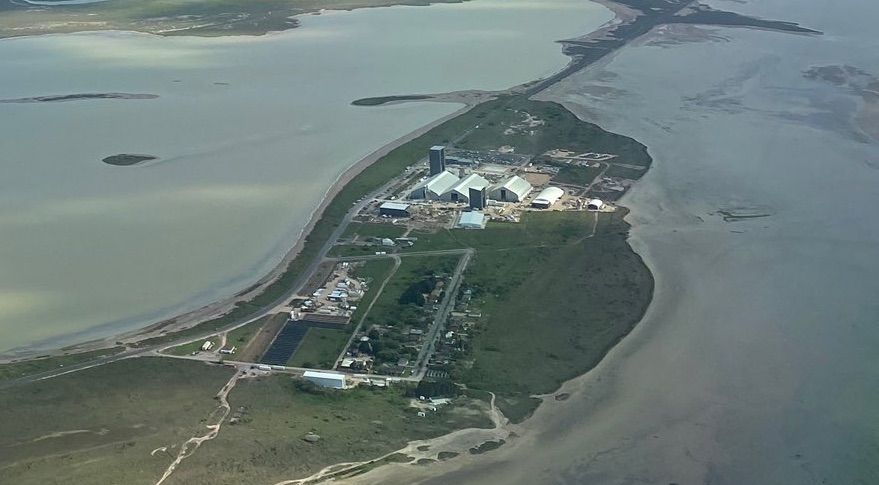Sep 6, 2020
SpaceX shares photo of gigantic Starship vacuum-optimized Raptor engine
Posted by Genevieve Klien in category: space travel
Featured Image Source: SpaceX
SpaceX is rapidly manufacturing multiple Starship prototypes at the South Texas facility located in Brownsville’s Boca Chica beach. An orbital-class Starship will be equipped with six powerful Raptor engines. Raptors are fueled by cryogenic methane and liquid oxygen which is a unique fuel combination in the aerospace industry. Each Raptor is capable of producing over 200 tons, or 2MN (meganewtons), of thrust at full throttle. Three of Starship’s Raptors will be sea-level engines for atmospheric flight, and three vacuum-optimized Raptors for propulsion in space. Vacuum-optimized engines are more complex and different than sea-level engines; they’re specifically designed to have a higher performance in the vacuum of space. A visible difference between the two engines is that the bell nozzle is larger in the Raptor vacuum engine. Today, SpaceX shared a photograph showcasing the gigantic Raptor vacuum engine, pictured below.
